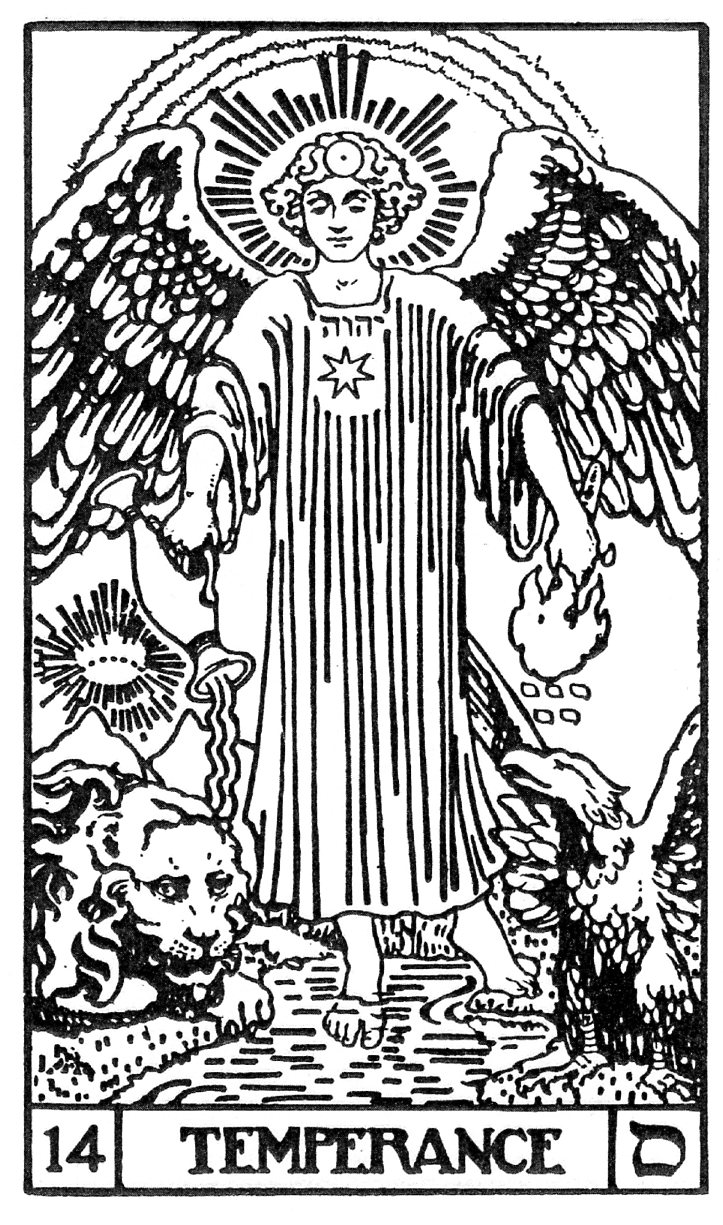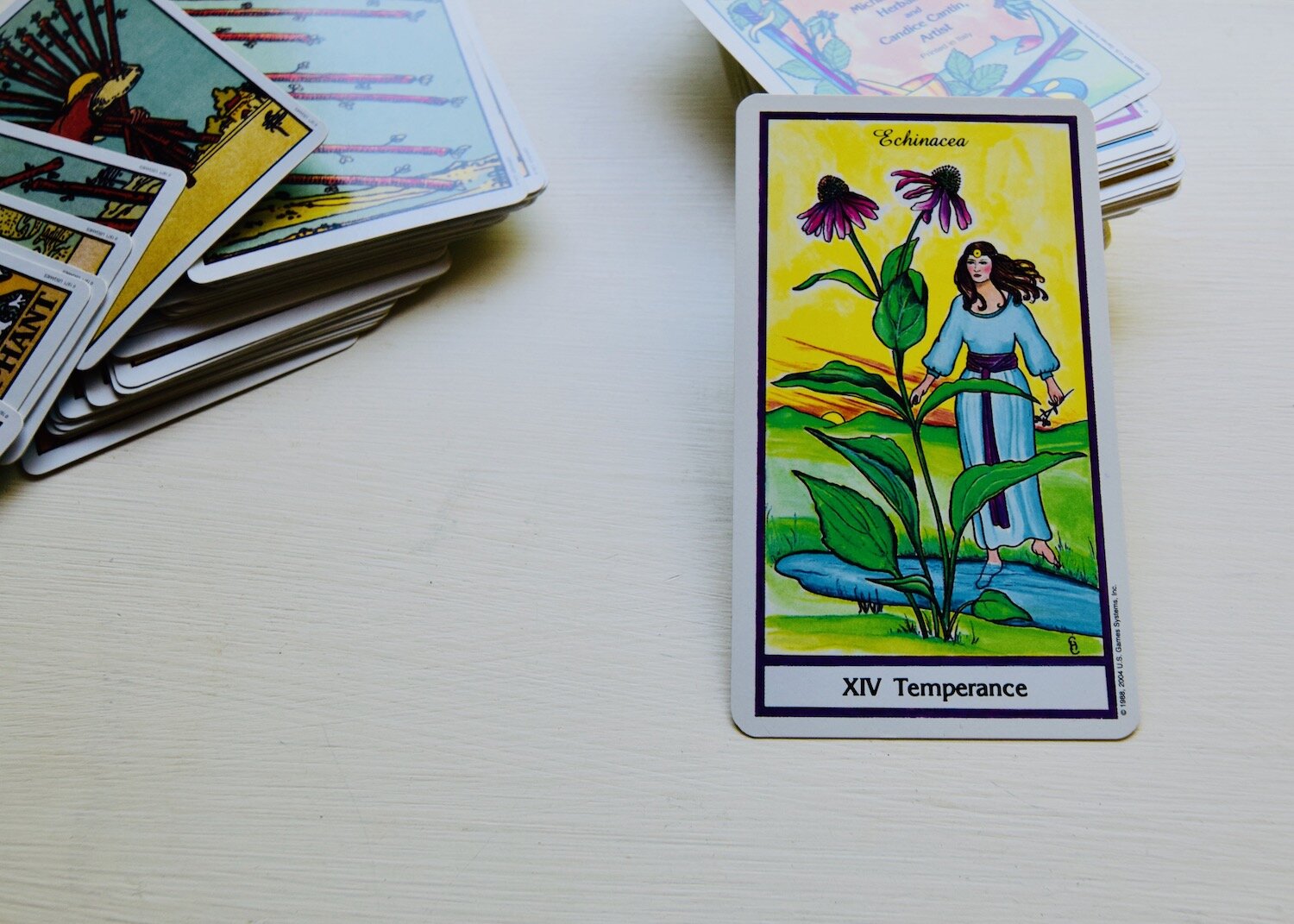Unveiling The Power Of Temperance Symbolism: A Comprehensive Guide
Temperance symbolism holds a profound place in various cultural, artistic, and philosophical contexts. It represents the virtue of moderation, self-control, and balance, making it an enduring theme across history and disciplines. This article delves into the essence of temperance symbolism, exploring its significance and applications in different aspects of life.
From ancient philosophy to modern art, temperance has been depicted as a guiding principle for achieving harmony and stability. Its roots trace back to classical antiquity, where philosophers like Aristotle emphasized the importance of moderation in all aspects of life. Understanding temperance symbolism offers valuable insights into how individuals and societies can cultivate inner peace and external equilibrium.
This article aims to provide a detailed exploration of temperance symbolism, covering its historical background, cultural interpretations, artistic representations, and practical applications. Whether you're an art enthusiast, a student of philosophy, or simply curious about the concept of moderation, this guide will enrich your understanding of this timeless theme.
Read also:Discover The Best Swellview Locations For Your Dream Getaway
Table of Contents
- The Historical Evolution of Temperance Symbolism
- Temperance in Philosophy: From Ancient to Modern Thought
- Artistic Representations of Temperance
- Temperance in Religious Contexts
- Common Symbols Associated with Temperance
- Psychological Implications of Temperance
- The Role of Temperance in Modern Society
- Teaching Temperance: Educational Perspectives
- Challenges in Practicing Temperance Today
- Conclusion: Embracing Temperance in Everyday Life
The Historical Evolution of Temperance Symbolism
Temperance symbolism dates back to ancient civilizations, where it was celebrated as one of the cardinal virtues. In Greek philosophy, temperance was considered essential for achieving eudaimonia, or a flourishing life. The Roman poet Horace famously wrote about the importance of moderation in his works, influencing generations of thinkers.
During the Middle Ages, temperance became a central theme in Christian teachings, symbolizing the control of desires and the pursuit of spiritual growth. This period saw the emergence of iconic depictions of temperance in art, such as the Tarot card bearing the same name. These representations often featured water being poured between vessels, signifying balance and harmony.
Key Historical Figures and Movements
Several historical figures played pivotal roles in shaping the concept of temperance. For instance, Seneca, a Roman Stoic philosopher, advocated for self-restraint as a means of achieving inner peace. Similarly, the Temperance Movement of the 19th century focused on promoting moderation, particularly in alcohol consumption, reflecting the broader societal embrace of this virtue.
- Socrates: Emphasized the importance of moderation in personal and civic life.
- Thomas Aquinas: Integrated temperance into his theological framework, linking it to divine virtues.
- William Wilberforce: Championed temperance as part of his social reform efforts.
Temperance in Philosophy: From Ancient to Modern Thought
Philosophers have long debated the role of temperance in shaping human behavior and societal norms. Aristotle's concept of the "Golden Mean" highlights temperance as the midpoint between excess and deficiency, offering a practical approach to ethical living. This idea continues to resonate in contemporary discussions about personal development and decision-making.
Contemporary Philosophical Perspectives
In modern philosophy, temperance is often discussed in the context of existentialism and positive psychology. Thinkers like Viktor Frankl emphasize the importance of self-discipline in finding meaning and purpose in life. Meanwhile, researchers in positive psychology highlight the benefits of practicing moderation in enhancing well-being and resilience.
Artistic Representations of Temperance
Art has been a powerful medium for conveying the essence of temperance symbolism. From Renaissance paintings to modern sculptures, artists have explored various ways to depict this virtue. One notable example is Sandro Botticelli's "Allegory of Spring," where temperance is symbolized by figures balancing opposing forces.
Read also:Comprehensive Guide To Usps Overnight Rates Everything You Need To Know
Modern interpretations of temperance in art often incorporate elements of nature, emphasizing the interconnectedness of all living beings. These works invite viewers to reflect on their relationship with the environment and the importance of sustainable living.
Iconic Artworks Featuring Temperance
- "The Temperance" by Dante Gabriel Rossetti
- "Tarot Card XVII: The Star" by Pamela Colman Smith
- "Allegory of the Virtues" by Peter Paul Rubens
Temperance in Religious Contexts
Across various religions, temperance is regarded as a fundamental principle for spiritual growth. In Christianity, it is one of the seven heavenly virtues, encouraging believers to exercise self-control and resist temptations. Similarly, in Buddhism, temperance is embodied in the practice of mindfulness and the avoidance of extremes.
Religious texts frequently emphasize the importance of temperance in fostering community harmony and individual enlightenment. For example, the Bible's Proverbs chapter repeatedly warns against the dangers of excess, while the Quran advocates for balanced living as a means of attaining divine favor.
Common Symbols Associated with Temperance
Throughout history, temperance has been represented by a variety of symbols, each carrying its own significance. Water, for instance, is a recurring motif, symbolizing purification and renewal. Other common symbols include scales, representing balance, and olive branches, signifying peace and moderation.
These symbols are often incorporated into everyday objects, such as jewelry and architecture, serving as constant reminders of the virtue's importance. In certain cultures, specific colors, such as green and blue, are also associated with temperance, reflecting themes of growth and tranquility.
Symbolic Interpretations in Different Cultures
- In Chinese culture, the yin-yang symbol represents the balance inherent in temperance.
- In Native American traditions, the medicine wheel embodies the harmony achieved through temperance.
- In Western art, the figure of a woman pouring water between vessels is a classic symbol of temperance.
Psychological Implications of Temperance
From a psychological perspective, temperance plays a crucial role in emotional regulation and decision-making. Research indicates that individuals who practice moderation tend to experience greater life satisfaction and reduced stress levels. This is because temperance encourages mindful awareness and deliberate action, helping individuals navigate complex situations with clarity and purpose.
Cognitive-behavioral therapy (CBT) and other therapeutic approaches often incorporate principles of temperance to help clients develop healthier habits and coping strategies. By fostering self-discipline and balance, temperance empowers individuals to overcome challenges and achieve their goals.
The Role of Temperance in Modern Society
In today's fast-paced world, temperance offers a valuable framework for addressing societal issues such as overconsumption, environmental degradation, and mental health challenges. By promoting moderation in consumption and resource use, temperance can contribute to more sustainable and equitable communities.
Businesses and organizations are increasingly recognizing the importance of temperance in their operations, adopting practices that prioritize long-term benefits over short-term gains. This shift reflects a growing awareness of the interconnectedness of individual actions and global outcomes.
Practical Applications of Temperance
- Encouraging mindful consumption and reducing waste.
- Fostering inclusive policies that balance competing interests.
- Promoting work-life balance and employee well-being.
Teaching Temperance: Educational Perspectives
Education plays a vital role in instilling the values of temperance in future generations. Schools and universities can incorporate lessons on moderation and balance into their curricula, helping students develop critical thinking skills and ethical decision-making abilities. Extracurricular activities, such as mindfulness programs and community service initiatives, further reinforce these principles in practical settings.
Parents and educators can also model temperance in their own lives, demonstrating its benefits through consistent behavior and open dialogue. By creating an environment that values balance and self-control, they empower young people to navigate the complexities of modern life with confidence and integrity.
Challenges in Practicing Temperance Today
Despite its many benefits, practicing temperance in the modern world presents unique challenges. The pervasive influence of consumer culture, coupled with the instant gratification offered by digital technologies, can make it difficult to cultivate moderation and patience. Additionally, societal pressures to succeed and conform often conflict with the principles of temperance.
To overcome these challenges, individuals must develop strategies for staying grounded and focused on their values. This may involve setting boundaries, prioritizing meaningful relationships, and engaging in reflective practices such as meditation or journaling.
Conclusion: Embracing Temperance in Everyday Life
In conclusion, temperance symbolism offers a powerful lens through which to view the complexities of human experience. By embracing moderation, balance, and self-control, individuals and societies can achieve greater harmony and fulfillment. This article has explored the historical, philosophical, artistic, and practical dimensions of temperance, highlighting its enduring relevance in our lives.
We invite you to reflect on the role of temperance in your own life and consider how you can incorporate its principles into your daily routines. Whether through small acts of mindfulness or larger commitments to sustainability, every step toward temperance contributes to a more balanced and meaningful existence. Share your thoughts and experiences in the comments below, and explore other articles on our site to deepen your understanding of this timeless virtue.


